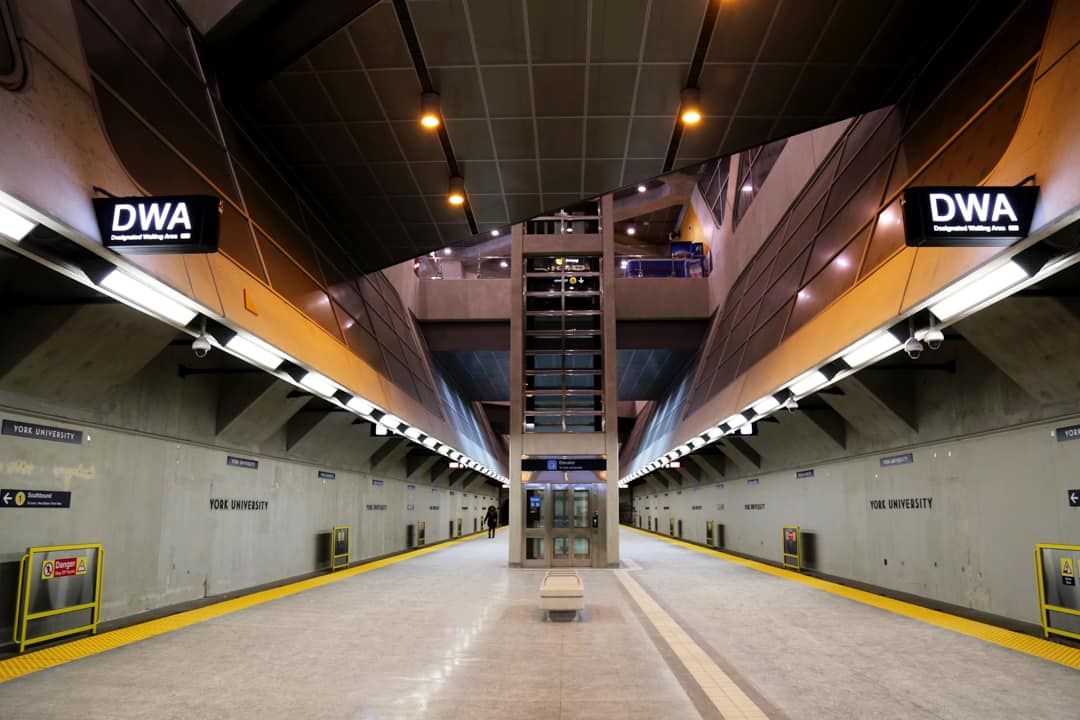U-Commute, an organization comprised of student representatives of the University of Toronto Students’ Union (UTSU) and student unions from Ryerson University, OCAD University, and George Brown College ran a survey of their members from August 28 to September 28, 2017. The survey garnered over 16,000 responses, nearly 10,000 of which were from UTSG students.
A total of 9,946 full-time undergraduates at UTSG completed the U-Commute survey. Not all respondents answered every question, however. For example, 9,265 students answered to how they usually get to campus and 9,153 answered to which transit systems they used.
Students will be voting on a referendum to implement a U-Pass fee of between $282.50 and $322.50 per semester during this month’s UTSU spring elections.
UTSU Vice-President External Anne Boucher told The Varsity that she was happy with the survey’s response rate.
“Almost half of the surveys (roughly 7000) were distributed to students via paper copy. Surveys would be handed to all students entering a class, regardless of commute type, to ensure that responses weren’t only being imputed [to] commuter students. They were all collected shortly after distribution,” Boucher said.
She admitted that, although in theory the online responses may have seen a self-selection bias, she was confident in the overall results and how they assisted the UTSU in its lobbying efforts.
Where students live
Of the respondents, 58.11 per cent said that they live in the metro area, either in the west end, east end, north end, or downtown, with 46.71 per cent downtown. Additionally, 41.89 per cent indicated that they live within the city’s post-amalgamation boroughs, such as Etobicoke and Scarborough, or the GTA, such as Ajax, Brampton, Mississauga, Richmond Hill, and Vaughan.
The survey data also details the distance students must travel in order to reach campus. 43.96 per cent said that they live 11 or more kilometres away from UTSG, while 16.41 per cent live within one kilometre.
Transit use
Students use a variety of methods to get to campus. Principally, those include either walking or public transit. 74.32 per cent of respondents said that they use transit in some way during their commute, and 54.1 per cent said that they walked, either solely or in conjunction with transit or other methods.
Of the commuters, 98.25 per cent said that they use the TTC for any type of travel, not necessarily in order to get to campus. Additionally, 36.74 per cent use GO Transit in some fashion. 35.6 per cent use the TTC and GO together in some way.
Only 458 respondents answered to why they didn’t use transit, with 43.67 per cent responding that it was too expensive and 40.39 per cent saying that they live close enough not to require transit to commute to campus.
Boucher said that fare evasion data helped lead the TTC to consider a U-Pass, as they had not previously had any observable data concerning fare evasion. Of 9,262 responses, 3.57 per cent said that they don’t pay for the TTC on a daily basis; 6.68 per cent did so weekly, 10.49 per cent said they did monthly, 8.8 per cent did so around once a semester, and 9.6 per cent said they evaded paying their fare once a year.
The other 60.84 per cent said that they always pay for the TTC.


